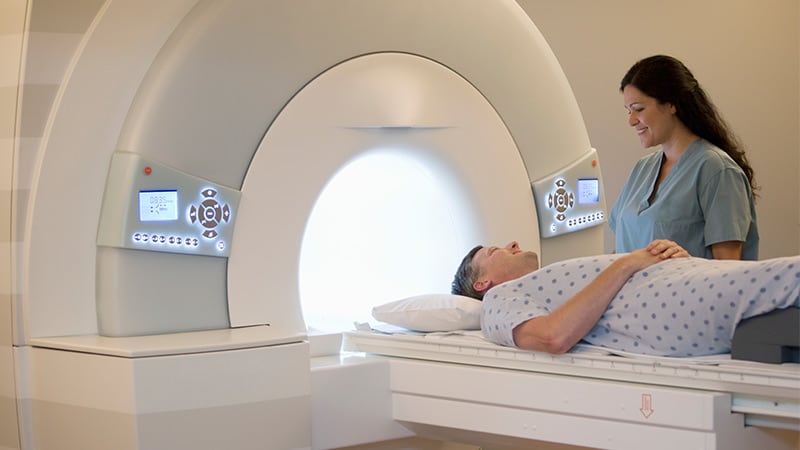TOPLINE:
Whole-body CT (WBCT) did not appear to detect clinically meaningful occult injuries in older adults who had falls from standing, suggesting that a targeted clinical suspicion–based approach to CT imaging should be considered for such patients.
METHODOLOGY:
- Researchers conducted a retrospective analysis of 460 patients older than 70 years who presented to an accident and emergency department following trauma and underwent WBCT between January 2021 and 2023.
- They collected data on the mechanism and pattern of injury and outcomes, including 30-day mortality, using clinical records.
- Injuries were categorised as follows: Falls from standing, falls from greater than standing, unwitnessed falls with unclear mechanism, road traffic accidents (RTAs), and other mechanisms.
- A comparison was made between pre-CT clinical suspicion and injury found on WBCT to identify discrepancies.
TAKEAWAY:
- Overall, among 128 patients who fell from standing, only seven patients had an injury outside the area of clinical concern, and none of them required active treatment.
- Compared with a fall from standing, a fall from greater than standing height was associated with increased odds of having an injury outside the area of clinical concern (adjusted odds ratio [AOR], 2.80; 95% CI, 1.21-7.36; P = .021).
- RTAs were associated with higher odds of multiple compartment injury than falls from standing (AOR, 2.66; 95% CI, 1.22-5.92; P = .013).
- Patients who had unwitnessed falls had a higher mortality at 30 days than those who had falls from standing (AOR, 2.66; 95% CI, 1.13-6.19; P = .023).
- No significant difference in mortality rate was observed between patients with and without injury on WBCT (15.3% vs 10.6%).
IN PRACTICE:
“In conclusion, falling from standing carries a lower risk of resulting in clinically occult injury in elderly patients. Targeted clinical suspicion-based approach to CT imaging in such patients should be considered. The current use of WBCT in elderly people who suffer FFS [falls from standing] does not appear to detect clinically meaningful occult injuries, and therefore is not clearly justifiably with respect to the as low as reasonably possible (ALARA) principle set out by the ionising radiation medical exposure regulations,” the authors concluded.
SOURCE:
This study was led by Mark Thomas Macmillan, MBChB, PhD, University of Edinburgh and Department of Interventional Radiology, Royal Infirmary of Edinburgh, Edinburgh, United Kingdom. It was published online on March 28, 2025, in the British Journal of Radiology.
LIMITATIONS:
Researchers could not capture the data of patients with low-impact trauma who did not meet the clinical threshold for WBCT, preventing comparisons between targeted CT and WBCT approaches. Important metrics like frailty scores and injury severity scores were not easily collected retrospectively. The assessment of morbidity outcomes was challenging with the retrospective study design.
DISCLOSURES:
No relevant conflicts of interest or funding sources were disclosed.
This article was created using several editorial tools, including AI, as part of the process. Human editors reviewed this content before publication.
Source link : https://www.medscape.com/viewarticle/does-whole-body-ct-benefit-older-adults-after-low-impact-2025a10007vx?src=rss
Author :
Publish date : 2025-04-04 12:00:00
Copyright for syndicated content belongs to the linked Source.
